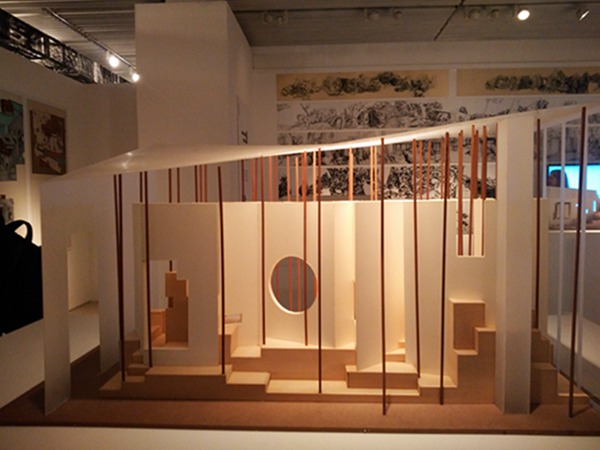 |
|
Works of architecture students on show at the school. [Photo by Wang Kaihao/China Daily] |
"Environment, material and technique are not new concepts, yet the work here is rich because it studies the specific aspects of those universal problems," McCaffrey, who is from the United States, says.
Perhaps, the Xiangshan campus, claimed by Wang as "a combo of construction and environment" explains that philosophy.
"How to keep the gist of architecture in a world dominated by the pursuit for money is what we try to answer," Wang says, adding that he hoped at least some of his students will carry the school's spirit to the job market after they graduate.
People often complain that it is hard to find one's way in his maze-like campus, Wang jokes. It can be an education for the students on handling the situation when they get lost in real life.
"It is important to understand his criticism of the problems in architecture in today's China, caused by rapid urbanization, as well as to see his efforts to re-establish the system," says Wang Jianguo, an academic at the Chinese Academy of Engineering, and Wang Shu's friend from Southeast University in Nanjing, capital of Jiangsu province, where they studied together in the late 1980s.
"Architectural diversity advocated by him has gone beyond small circles and has won public praise," Wang Jianguo says.
"It is just the beginning, and I cannot say what the future trend will be, but it will keep changing," Wang Shu says.
"Our experiment would be good enough if it could last for the next decade. If so, we will beat Bauhaus (once influential German art school that taught crafts and architecture), which only existed for 14 years but made a lasting impression."